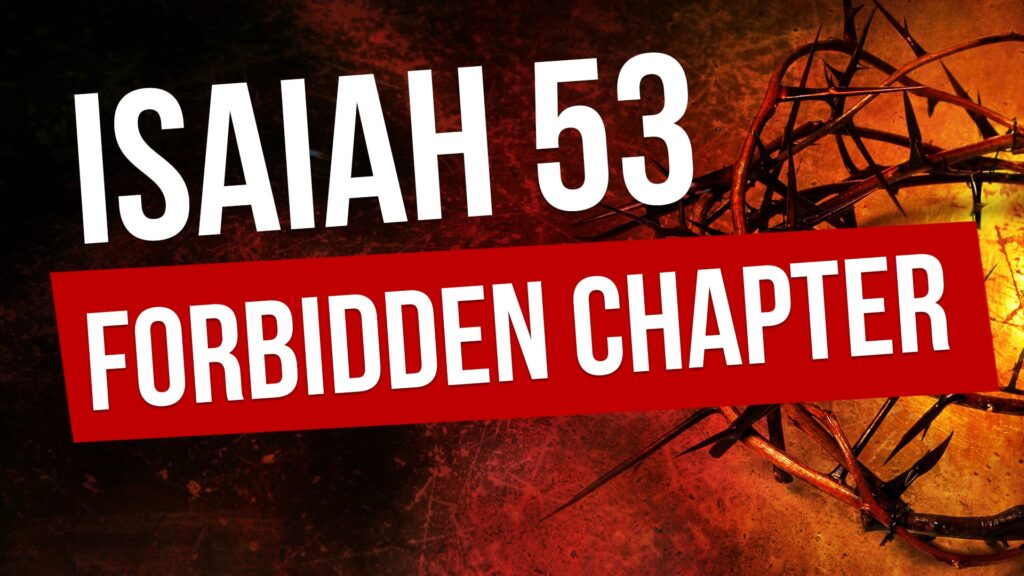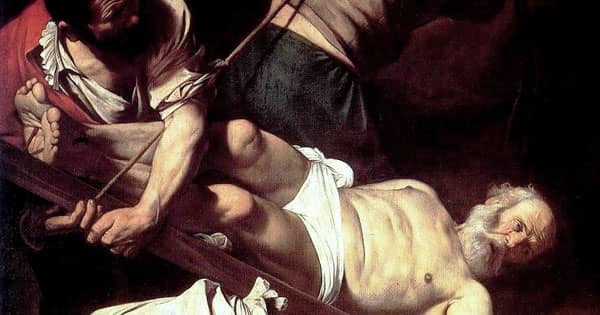
Historical Evidence and the Fulfilment of Ancient Prophecy

The resurrection of Jesus Christ is the cornerstone of the Christian faith—and one of the most thoroughly investigated events in antiquity. If true, it confirms that Jesus is exactly who He claimed to be: the promised Messiah, the Son of God, and the Savior of the world. If false, Christianity is built on a lie (1 Corinthians 15:14–19).
Yet the Bible does not ask for blind faith. It presents two overwhelming lines of evidence:
- More than 300 detailed Messianic prophecies written centuries before Jesus lived.
- Solid historical facts accepted even by skeptical scholars.
Part 1: Over 300 Old Testament Prophecies Fulfilled in One Man — Confirmed by Ancient Historians

The Hebrew Scriptures, completed around 400 BC, contain over 300 specific predictions about the Messiah. The odds of even 48 of them being fulfilled in one person by chance are 1 in 10¹⁵⁷—an impossibility apart from divine foreknowledge.
Jewish, Roman, and Greek historians who lived within decades or centuries of Jesus unanimously confirm that the Old Testament texts containing these prophecies were already in widespread circulation long before Jesus was born:
- Flavius Josephus (AD 37–100)
- Philo of Alexandria (c. 20 BC – AD 50)
- The Septuagint translators (270–130 BC)
- The Dead Sea Scrolls (250 BC – AD 68) – including a complete pre-Christian copy of Isaiah
Here are 10 striking examples, plus the astonishing chapter that ties them all together:
| # | Prophecy (Old Testament) | Written | Confirmed Pre-Christian by | New Testament Fulfillment |
|---|---|---|---|---|
| 1 | Born in Bethlehem | Micah 5:2 (c. 700 BC) | Septuagint, Dead Sea Scrolls | Matthew 2:1–6; Luke 2:4–7 |
| 2 | Born of a virgin | Isaiah 7:14 (c. 740 BC) | Septuagint (c. 200 BC) | Matthew 1:18–25 |
| 3 | From the tribe of Judah and line of David | Genesis 49:10; Jeremiah 23:5 | Philo, Josephus | Matthew 1:1–17 |
| 4 | Betrayed for 30 pieces of silver | Zechariah 11:12–13 | Josephus quotes Zechariah | Matthew 26:14–16; 27:3–10 |
| 5 | Silent before His accusers | Isaiah 53:7 | Dead Sea Scrolls (1QIsaᵃ) | Matthew 27:12–14 |
| 6 | Hands and feet pierced | Psalm 22:16 | Septuagint, Dead Sea fragments | John 19:18, 37 |
| 7 | Mocked while suffering | Psalm 22:7–8 | Known to Josephus and Philo | Matthew 27:39–44 |
| 8 | Given vinegar and gall | Psalm 69:21 | Widely quoted in Jewish literature | John 19:28–30 |
| 9 | No bones broken | Psalm 34:20 | Ancient Jewish Passover tradition | John 19:31–36 |
| 10 | Buried with the rich, yet rises | Isaiah 53:9–12 | Complete Isaiah scroll (pre-Christian) | Matthew 27:57–60; Acts 2:31 |
The Stunning 53rd Chapter of Isaiah – Written ~700 Years Before Christ

The Great Isaiah Scroll from Qumran (dated ~125 BC) proves Isaiah 53 existed exactly as we have it today—centuries before Jesus. It describes the Suffering Servant being rejected, pierced for our transgressions, led like a lamb to slaughter, buried with the rich, and after death seeing the light of life and justifying many. Every detail was fulfilled in the crucifixion and resurrection of Jesus.
Part 2: Historical Evidence for the Resurrection
Critical scholars widely accept these facts:
- Jesus was crucified under Pontius Pilate (c. AD 30–33) – confirmed by Tacitus, Josephus, and the Gospels.
- His tomb was found empty.
- Hundreds of people, including former skeptics and enemies, claimed to have seen the risen Jesus.
The Roman Guard: Proof the Authorities Took the Resurrection Prophecy Seriously

The Jewish leaders were well aware of the Old Testament prophecies that the Messiah would rise on the third day (e.g., Psalm 16:10; Isaiah 53:10–12; Jonah 1:17 interpreted messianically). Jesus Himself had repeatedly predicted it (Matthew 12:40; 16:21; 17:23; 20:19; John 2:19–21).
After the crucifixion, the chief priests and Pharisees went to Pilate and said:
“Sir, we remember that while he was still alive that deceiver said, ‘After three days I will rise again.’ So give the order for the tomb to be made secure until the third day. Otherwise, his disciples may come and steal the body and tell the people that he has been raised from the dead. This last deception will be worse than the first.” (Matthew 27:63–64)
Pilate granted their request and stationed a Roman guard (a squad of highly disciplined soldiers, typically 4–16 elite troops who rotated watch) at the tomb and sealed it with the imperial Roman seal. Breaking that seal or failing in their duty was punishable by death—usually crucifixion upside-down for the entire unit.
These were not temple police who could be bribed. These were Roman centurions and legionaries whose lives literally depended on making sure no one tampered with that body. Their own execution was the incentive: if the body disappeared on their watch, they would be crucified in the criminal’s place.
Yet on Sunday morning the stone was rolled away, the seal broken, the highly trained guard fled in terror, and the tomb was empty. The soldiers later reported to the chief priests exactly what had happened and were bribed to spread the absurd story that the disciples overpowered them while they slept (Matthew 28:11–15)—a lie that would have meant instant execution had Pilate believed it.
No bribe in the world could have convinced disciplined Roman soldiers to risk crucifixion by letting Galilean fishermen steal a corpse. The only explanation that fits the evidence is the one the angels declared: “He is not here; he has risen, just as he said” (Matthew 28:6).
The Ultimate Proof: The Apostles Chose Brutal Death Over Denying What They Saw

(unchanged section on the apostles’ martyrdom and John’s survival of boiling oil and exile to Patmos)
Conclusion
Combine:
- Over 300 ancient prophecies (including Isaiah 53) proven to pre-date Jesus by the Dead Sea Scrolls and ancient historians,
- A tomb sealed and guarded by Roman soldiers who faced crucifixion if the body disappeared,
- An empty tomb and terrified guards who could never explain it away,
- Hundreds of eyewitnesses,
- And twelve ordinary men who willingly endured unimaginable torture and death rather than deny what they had seen with their own eyes…
…and only one rational conclusion remains:

Jesus Christ truly rose from the dead, exactly as He said He would, exactly as the prophets foretold seven centuries earlier.
He is not here—He has risen (Matthew 28:6).
The Romans tried to prevent the resurrection story with the most powerful deterrent they had: the threat of their own soldiers’ crucifixion.
It didn’t work.
Because no power on earth—not Pilate, not Caesar, not death itself—could keep the promised Messiah in the grave.
Contact Us
If you have any questions or would like more information, please complete our Contact Form. Add the name of this blog, The Resurrection of Jesus Christ, then add your message
